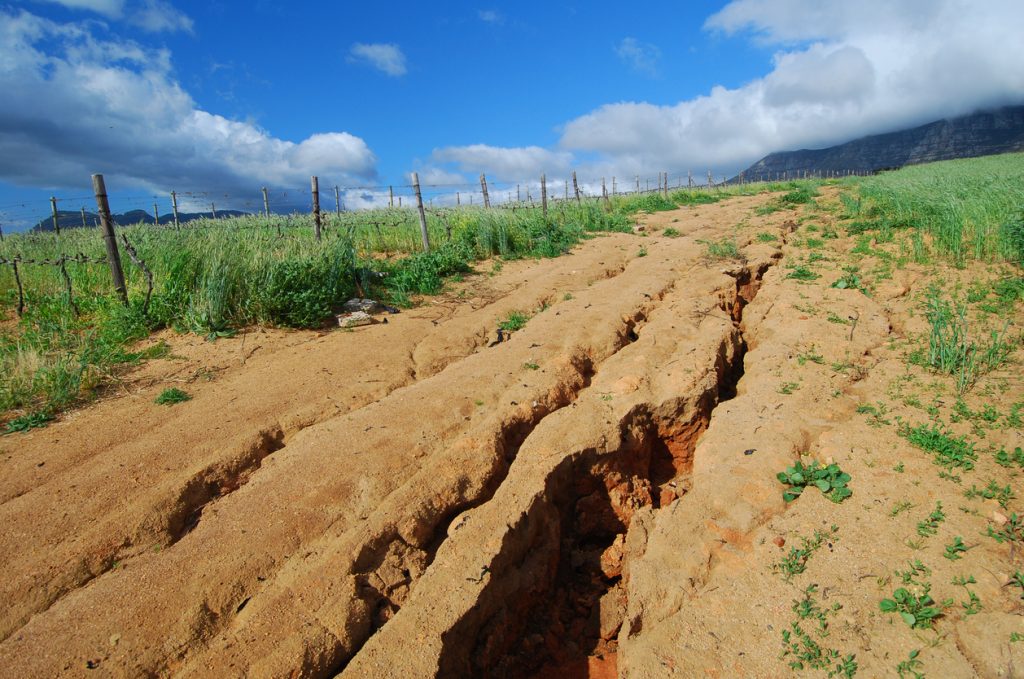
Soil erosion poses a threat to a successful ranch operation. It can lead to reduced crop production, negatively affect water quality, create potential hazards to humans and animals, and raise production costs.
Two of the main causes of soil erosion are wind and rain, over which ranchers have little control. But you can do your share in soil conservation by adopting farming and ranch management practices that have been proven to help anchor the soil.
Check out some of these solutions:
- No-till farming
Tillage causes soil erosion by disrupting the topsoil and removing crop residues that can hold down the soil. No-till farming leaves crop residues in place, allowing the soil to better absorb rainwater or melting snow. New crops are planted through the residues.
No-till farming also offers other advantages, including better retention of the nutrients in the soil and the prevention of soil compaction. It helps the soil retain more moisture, benefiting crops when temperatures get extremely high. It is also a more economical technique because it requires less equipment and therefore less fuel and labor.
- Conservation tillage
Conservation tillage practices involve some degree of tillage but leave the soil largely undisturbed. The two types of conservation tillage are:
- Ridge till. Seeds are planted into seed beds created on ridges using sweeps, coulters, disk openers, or other equipment. Nutrients are injected into the soil.
- Mulch till. Using chisel plows, disks, sweeps, or similar equipment, the soil is tilled before planting but is not inverted.
The right conservation tillage method depends on various factors, such as the quality of the soil, the amount of residue, and drainage level.
- Crop rotation
Growing corn, hay, and other high-residue crops in rotation can prevent pests and diseases from the previous planting cycle from thriving, while protecting the topsoil from eroding.
Crop rotation is believed to be a great complement to no-till farming. One of the objections to the no-till process is that more chemicals have to be used to kill the weeds and pests that are left on the residues of previous crops. By changing the crop variety on the next cycle, these weeds and pests are deprived of the nutrients they need to thrive.
- Contour farming
Planting crops up and down a slope creates pathways where water can flow, leading to soil erosion. On the other hand, planting along the contour of the land slows the flow of water.
- Terrace farming
This involves creating a series of terraces that follows the contour of the land to slow down the flow of water and prevent soil erosion. It’s a larger scale version of contour farming.
- Grass waterways
Planting grass on areas with intense water flow can prevent runoffs and keep the soil in place.
- Diversion structures
These structures divert water flow from areas at risk of soil erosion to safer designated paths.
- Wetland restoration
Wetlands absorb rainwater, thus preventing runoffs and soil erosion. They also serve as habitats for wildlife and natural filters for sediment and other water pollutants. Wetland restoration projects are often done in collaboration with the government.
- Buffer strips along the banks of streams
Buffer strips are extremely helpful in preventing runoffs particularly in flood situations. Buffer strips may be composed of grasses, trees, shrubs, and other plants.
- Planting trees
Trees make excellent windbreakers, reducing soil erosion caused by the wind while protecting livestock and wildlife.

 361-449-2051
361-449-2051
 Send us an E-Mail
Send us an E-Mail